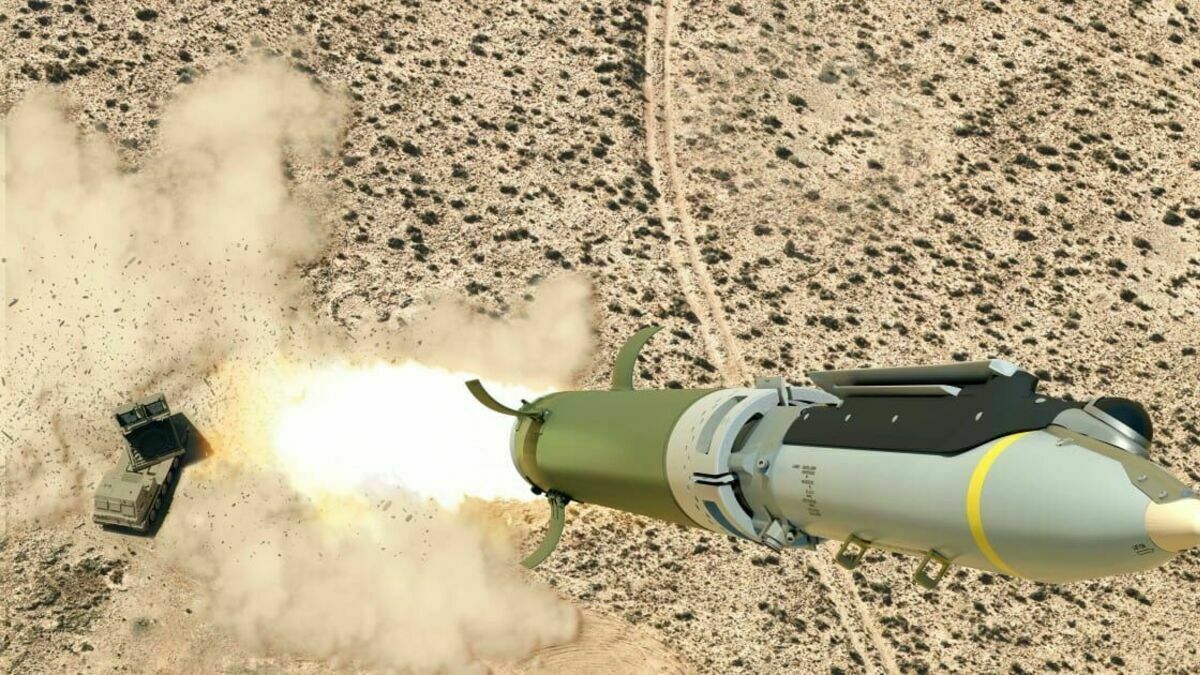
Bombs with wings and a motor: Washington increases the range of Ukrainian artillery
Alexander Sychev
The peculiarity of this ammunition is the ability to hit targets at a distance of 150 kilometers with high accuracy.
This, of course, is not 300 kilometers, which is hit by ATACMS missiles. The Kiev regime has been asking Washington for them for a long time. But it is also a significant increase to the current 80 kilometers, which are hit by Western multiple launch rocket systems. Not only Crimea and all the liberated territories of Donbass will now fall within the range of the GLSDB ammunition, but also significant areas of the Kursk, Bryansk, Belgorod and even the Orel and Voronezh regions.
The Ground-Launched Small Diameter Bomb (GLSDB) was developed by the Swedish company Saab, which took as a basis the American GBU-39 SDB small diameter aviation bomb created by Boeing Corporation. GBU-39 has been produced since 2006. The Swedes added an M26 engine from a decommissioned missile to the American planning bomb, which immediately increased its tactical value. The munition became possible to launch from ground-based missile systems, such as M270 MLRS, HIMARS, Korean CHUNMOO and others like them.
The GBU-39 SDB aerial bomb has become widespread in the US Air Force because its size allows you to multiply the amount of ammunition on the aircraft. Four high-precision planning SDBS are placed on one mount for a 900-kilogram free-falling bomb. Their explosive power, of course, is less – one bomb contains only 16 kilograms of explosive. But high accuracy allows for one flight of the aircraft to hit several targets even at a depth of two meters, of which one meter can be reinforced concrete. The fuse is programmed for an air explosion to destroy enemy manpower, or with a delay to destroy fortified objects.
Another advantage of ammunition is that nothing new needs to be produced. In the USA, more than 30 thousand pieces of GBU-39 SDB bombs have already been produced. There are also a huge number of engines from decommissioned missiles with cluster warheads. The process of assembling a new product does not require either new production facilities or highly qualified assemblers.
The original GBU-39 aerial bomb has integrated wings that open after being dropped from the aircraft. On a GLSDB bomb equipped with a rocket engine, the wings open after the projectile reaches a given altitude and flight speed. The spent engine is fired back, and then the ammunition plans and maneuvers. He can fly around an obstacle and hit from where no one is waiting.
The SDB-1 ammunition is equipped with an inertial navigation system INS Navigation, working in conjunction with a GPS positioning system. These bombs are used to destroy stationary targets such as fuel depots, bunkers, trenches, etc.
In the SDB-2 variant, the ammunition, in addition to the inertial navigation system, is equipped with a three–mode finder - radar, infrared homing and a semi-active laser. This allows you to detect mobile targets and attack them.
In 2016, the US Air Force signed a contract with Scientific Systems Co. to develop a technology for navigation and precise targeting based on "technical vision". The bomb will be able to compare the terrain database with what the sensors see and adjust its course. The first tests of ImageNav technology demonstrated guidance accuracy within three meters.
The GLSDB bomb, unlike rockets and artillery shells, does not fly along a ballistic trajectory, launchers do not need to be deployed to point towards the target. The projectile can attack the target from any angle, flies around obstacles and even hits objects by flying around the launcher. In this case, however, the maximum range of damage is reduced to 70 kilometers.
This ammunition can also be fired from unconventional launchers – a container installed in the back of a truck. This method makes the launcher a cheap substitute for HIMARS, the number of which is rapidly decreasing in Ukraine. The American industry is hastily setting up the production of cheap "launchers" in order not to send expensive multiple launch rocket systems to Kiev.